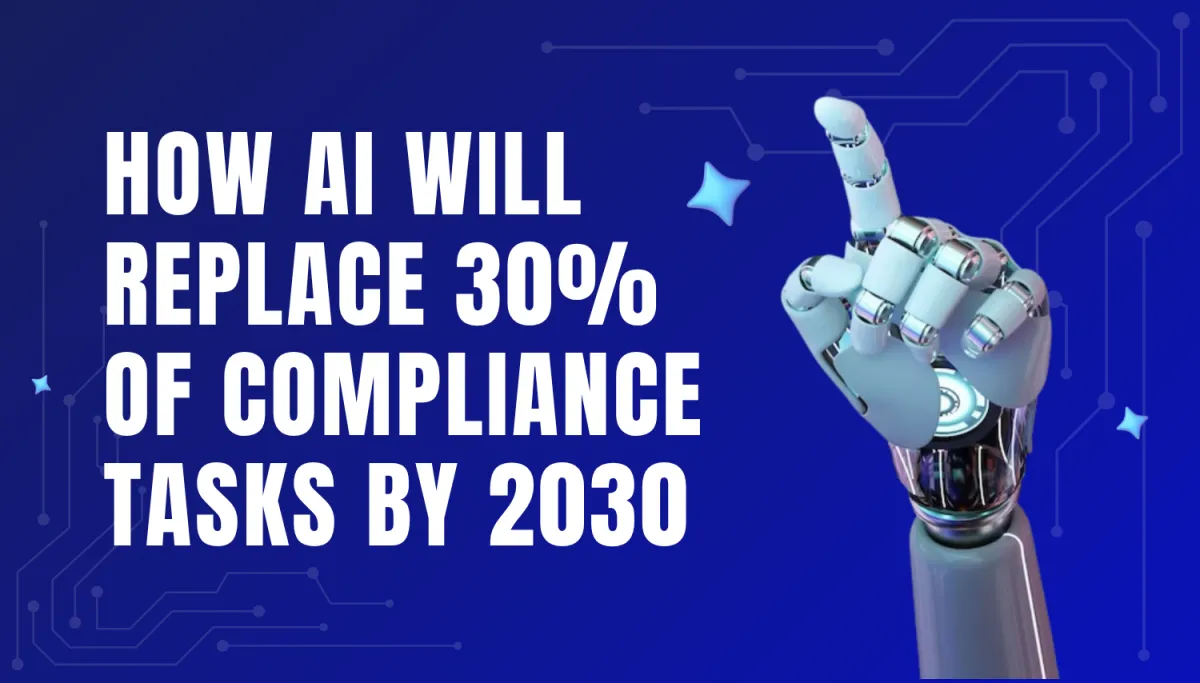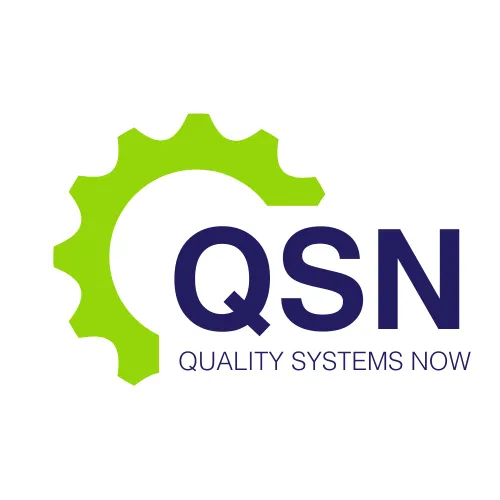LATEST NEWS

How AI Will Replace 30% of Compliance Tasks by 2030
Artificial Intelligence (AI) is no longer a distant concept but a present-day reality that is increasingly reshaping how organisations operate, particularly within highly regulated sectors. As specialists in Good Manufacturing Practice (GMP) and regulatory compliance, Quality Systems Now is at the forefront of this transformation. Our analysis and industry observations indicate that by 2030, AI will replace approximately 30% of current compliance tasks. This transition is not about displacing human professionals but rather about enhancing the efficiency, reliability, and scalability of compliance operations in therapeutic goods manufacturing, testing laboratories, and biotechnology companies.
In this article, we present a scientific overview of how AI will impact compliance, identify the types of tasks most likely to be automated, discuss the implications for quality systems, and provide recommendations for strategic readiness.
Understanding Compliance Tasks in Regulated Environments
Compliance within GMP-regulated sectors involves a broad spectrum of activities. These include but are not limited to:
Document control and SOP management
Deviation and CAPA tracking
Change control and risk assessments
Training compliance and records management
Audit preparation and regulatory reporting
Batch record review and product release
Environmental monitoring and trend analysis
Many of these tasks are repetitive, rule-based, and data-intensive—making them ideal candidates for AI-driven automation. The key is distinguishing between tasks that require judgment and experience versus those that depend on consistency and speed.
The Current Role of AI in Compliance
AI applications in compliance are currently limited but rapidly expanding. Early adopters within the pharmaceutical and biotechnology sectors have begun integrating AI to assist with:
Automated data extraction from batch records and quality documents
Natural Language Processing (NLP) to interpret deviations and suggest classification
Machine learning to detect anomalies in environmental monitoring or stability data
Predictive analytics for identifying potential process risks before they lead to deviations
Chatbots and digital assistants to guide personnel through SOPs or training modules
These examples demonstrate that AI is already reducing the manual workload in compliance without compromising data integrity or regulatory expectations.
Projecting to 2030: Why 30% Replacement Is Realistic
The prediction that 30% of compliance tasks will be replaced by AI by 2030 is grounded in both technological and regulatory trends. Based on industry benchmarks and pilot studies, tasks that meet the following criteria are particularly suitable for AI:
High frequency and low variability
Rule-based decision-making
Significant time and resource demand
Dependency on structured or semi-structured data
Consider the following projections:
Document review and comparison: AI will reliably compare SOP versions, identify non-compliant edits, and track overdue reviews. Estimated task replacement: 60%.
CAPA effectiveness check: Using trend analysis and outcome prediction, AI can assist in determining whether a CAPA has achieved its objective. Estimated task replacement: 40%.
Deviation triage: AI can categorise, prioritise, and suggest root causes based on historical data. Estimated task replacement: 35%.
Training matrix compliance: AI systems will track training needs, completion status, and suggest refresher cycles. Estimated task replacement: 70%.
When aggregated across an organisation's quality systems, these areas alone contribute to approximately 30% of all compliance activities being eligible for AI augmentation or replacement by 2030.
Regulatory Acceptance of AI in Compliance
A central concern for industry stakeholders is whether regulators such as the Therapeutic Goods Administration (TGA) and US FDA will accept AI-assisted compliance activities. While current guidance documents do not explicitly endorse AI, there is a growing regulatory discourse acknowledging its potential.
For example, the EMA's Reflection Paper on the Use of Artificial Intelligence in the Medicinal Product Lifecycle (2023) encourages risk-based implementation of AI tools, emphasising validation, transparency, and data integrity. The FDA’s Framework for the Use of Artificial Intelligence and Machine Learning in Medical Devices (2021) provides a basis for adaptive learning systems under strict oversight.
Therefore, companies intending to integrate AI into their compliance systems must do so under a validated, risk-based, and transparent model—principles already embedded in GMP thinking.
Redesigning Quality Systems to Leverage AI
Integrating AI into compliance requires more than just deploying software—it involves reengineering quality systems to enable human-AI collaboration. At Quality Systems Now, we advise a strategic approach that includes the following steps:
Gap Assessment: Identify compliance activities that are time-intensive, repetitive, and well-documented.
Pilot Implementation: Begin with non-critical processes such as training record tracking or SOP version control to test AI integration.
Validation and Documentation: Treat AI tools as validated systems under GMP requirements. Document intended use, testing, performance qualifications, and change control pathways.
Audit Readiness: Ensure the AI system can produce an audit trail, including rationale for decisions and any learning mechanisms applied.
Change Management: Train personnel to work alongside AI tools, interpret results, and retain oversight. Human judgment remains essential.
This framework ensures that AI tools support compliance while maintaining alignment with regulatory expectations.
Challenges and Ethical Considerations
While AI promises greater efficiency, it introduces new challenges. Key among them are:
Data bias: AI systems trained on biased datasets can produce skewed results. In compliance, this could lead to underreporting of risks.
Overreliance: Staff may defer too heavily to AI outputs, diminishing critical thinking and human oversight.
Transparency: Regulators will require clarity on how decisions are made by AI systems. "Black box" models are unlikely to be acceptable.
Validation complexity: Traditional software validation methods may need to be adapted for dynamic, learning AI systems.
Ethical use of AI must be grounded in the same principles that underpin regulatory compliance: accountability, integrity, and traceability.
Preparing for the Future: Strategic Recommendations
To remain competitive and compliant, therapeutic goods manufacturers and laboratories must begin preparing now for an AI-integrated future. We recommend the following actions:
Establish an AI-readiness team within your Quality Unit or cross-functional compliance department
Invest in data governance to ensure clean, structured, and secure data for AI systems
Develop SOPs for AI deployment, including roles, responsibilities, and deviation handling
Collaborate with AI vendors who understand GMP and regulatory constraints
Participate in industry forums focused on AI in life sciences to remain informed on regulatory developments
At Quality Systems Now, we assist organisations in evaluating, implementing, and validating AI systems within their existing compliance infrastructure, ensuring that innovation aligns with regulation.
Conclusion
By 2030, AI will transform the compliance landscape in the therapeutic goods and biotech sectors, replacing approximately 30% of compliance tasks. This shift represents an opportunity—not a threat—for organisations to enhance data accuracy, reduce human error, and allocate resources to higher-value activities.
However, success in this transformation requires a scientific, risk-based, and validated approach. AI must be deployed in a way that complements human oversight and meets the rigorous standards of GMP and regulatory frameworks.
As compliance specialists, Quality Systems Now is committed to guiding Australian manufacturers, laboratories, and biotech companies through this evolution—ensuring that AI serves as a tool for both operational excellence and regulatory confidence.
